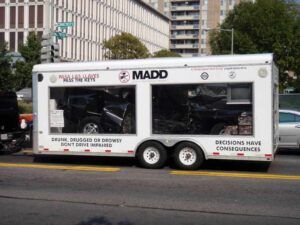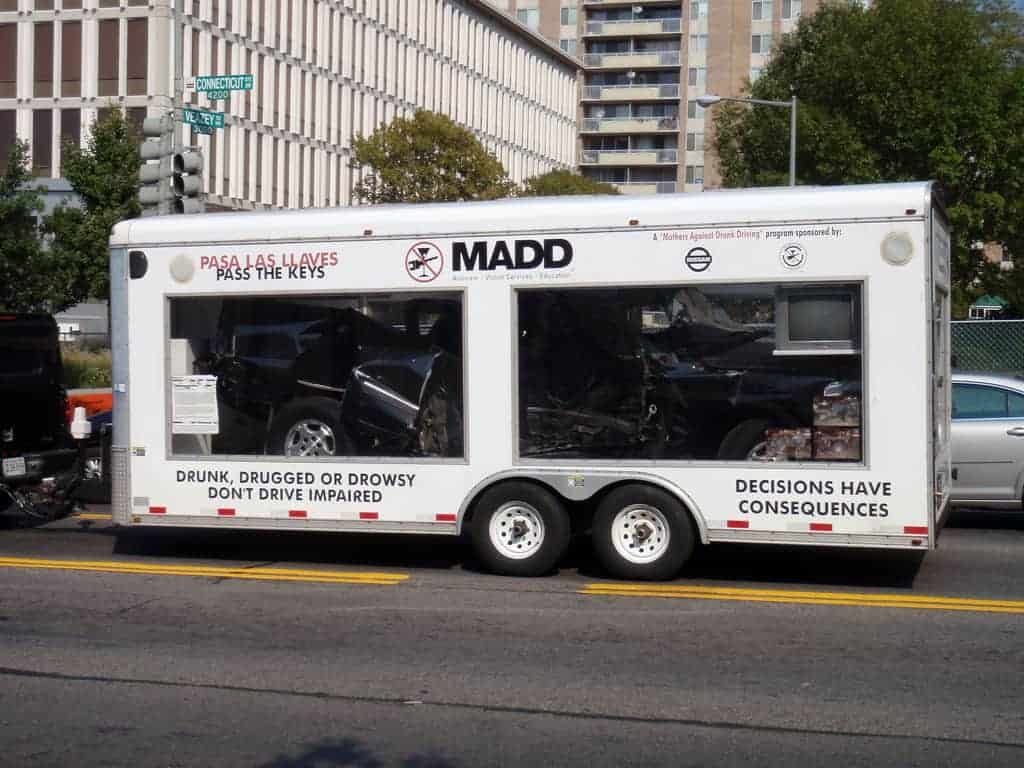 Underage drinking is a growing problem. One in 10 teens surveyed about their driving behavior responded that they never drive under the influence. However, they also said they sometimes get behind the wheel after drinking alcohol, according to a recent study by Liberty Mutual Insurance and Students Against Destructive Decisions (SADD). The study set out to assess teen understanding of drinking under the influence versus actual behavior.
Underage drinking is a growing problem. One in 10 teens surveyed about their driving behavior responded that they never drive under the influence. However, they also said they sometimes get behind the wheel after drinking alcohol, according to a recent study by Liberty Mutual Insurance and Students Against Destructive Decisions (SADD). The study set out to assess teen understanding of drinking under the influence versus actual behavior.
The survey uncovered a clear discrepancy between what teens say and what they do. For instance, although 86 percent consider driving under the influence to either be extremely or very distracting, 68 percent admitted to driving after having more than three drinks. Also, 21 percent defined designated drivers as those who were “basically sober” and who, they believed, were not too impaired to drive.
Of all the teens surveyed, only 1 percent believed that driving under the influence of alcohol was acceptable. And yet 40 percent claim that alcohol has no impact on their driving. Some said it even helped.
This is a troubling dichotomy. According to Stephen Gray Wallace, senior advisor for policy, research and education at SADD, “With teens reporting these lax definitions of what it means to be ‘under the influence,’ a zero-tolerance approach is the only answer to prevent potential tragedy.” He advocates for parents and the community to create an open dialog with teen drivers to ensure they understand the true stakes in these definitions.
Some schools are heeding the call for education and providing programs.
In Elk Grove, California, the Laguna Creek High School was the site of a law court, giving teens a lesson on the consequences of drinking and driving. They witnessed an actual trial of a woman arrested for drunk driving on Super Bowl Sunday. [more]
Hamilton High School near Chico held a similar court as two defendants charged with DUIs faced real-life sentencing. Students were clearly moved by the reality of the situation. [more]
Still, other schools use simulator programs to help students understand the physicality of alcohol impairment. The West Virginia Alcohol Beverage Control Administration (WVABCA) in partnership with State Farm and the West Virginia Governor’s Highway Safety Program created a DUI simulator that allows students to experience difficult driving conditions under various blood alcohol content (BAC) levels. The DUI simulator has been to every high school in the state and even to numerous colleges and universities. Over 20,000 students have participated. [more]
